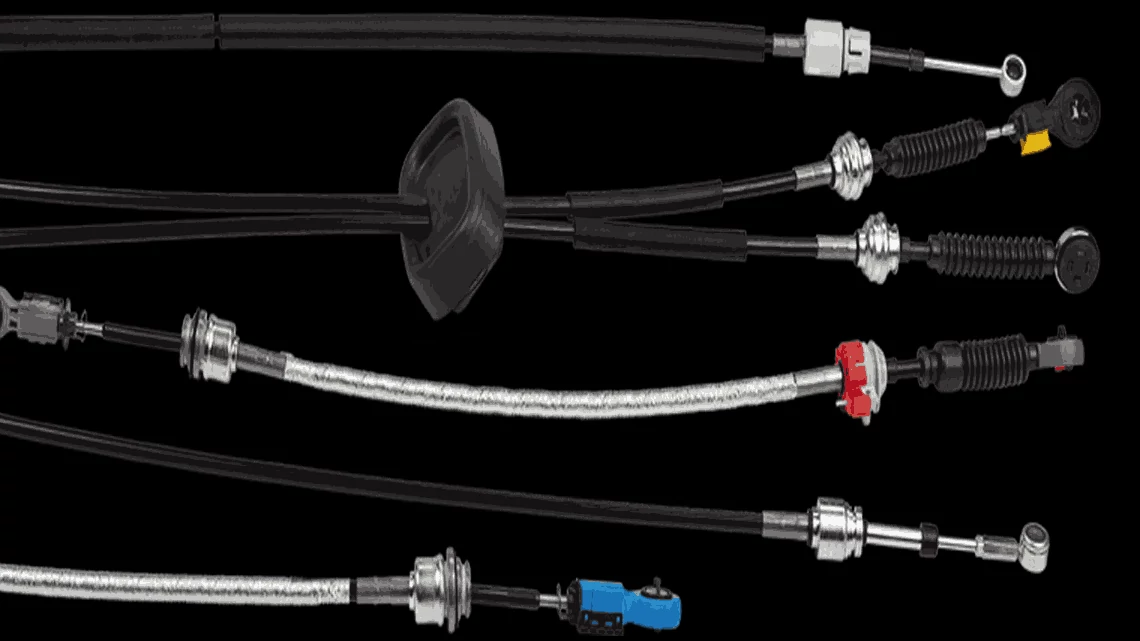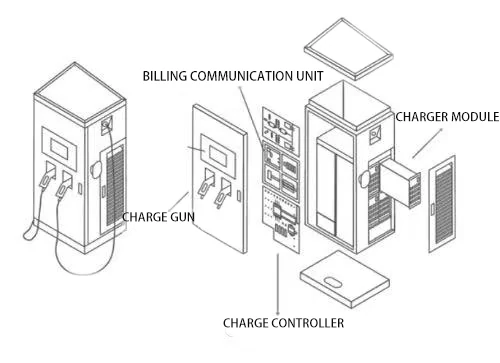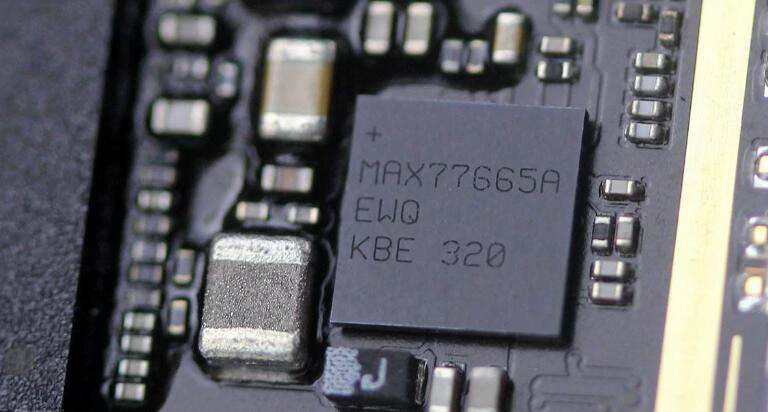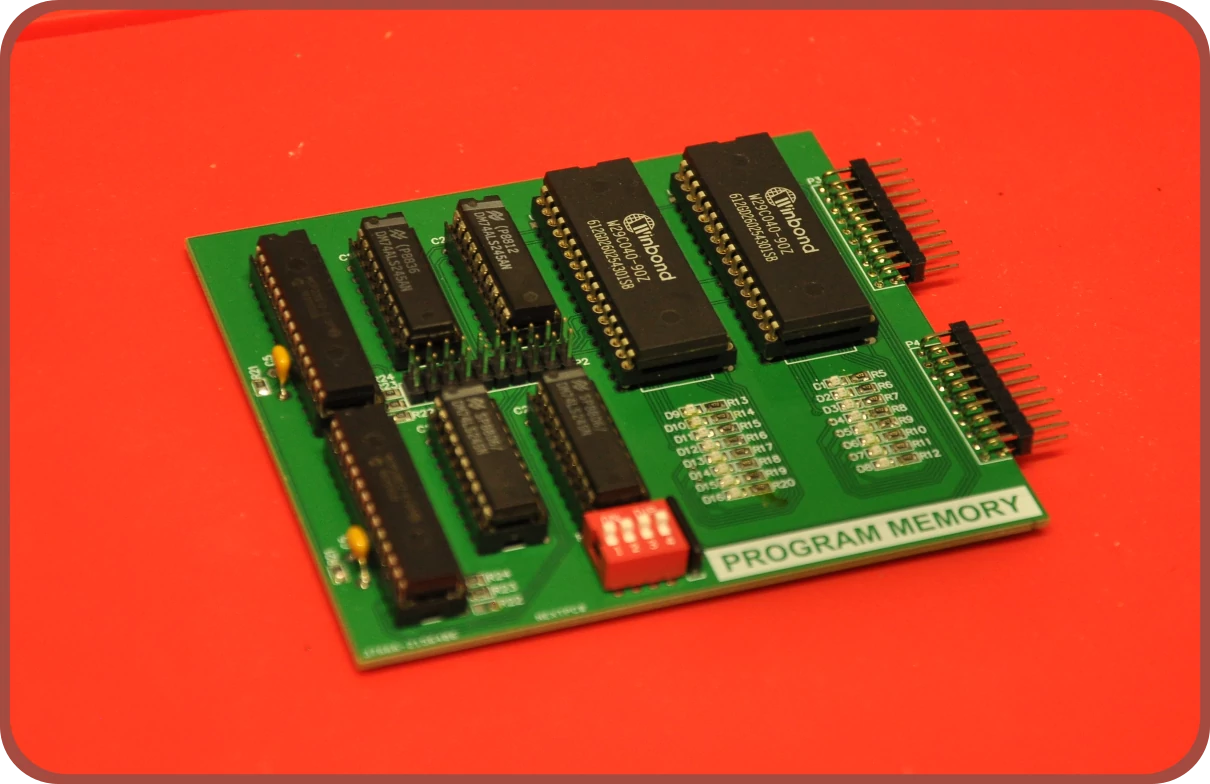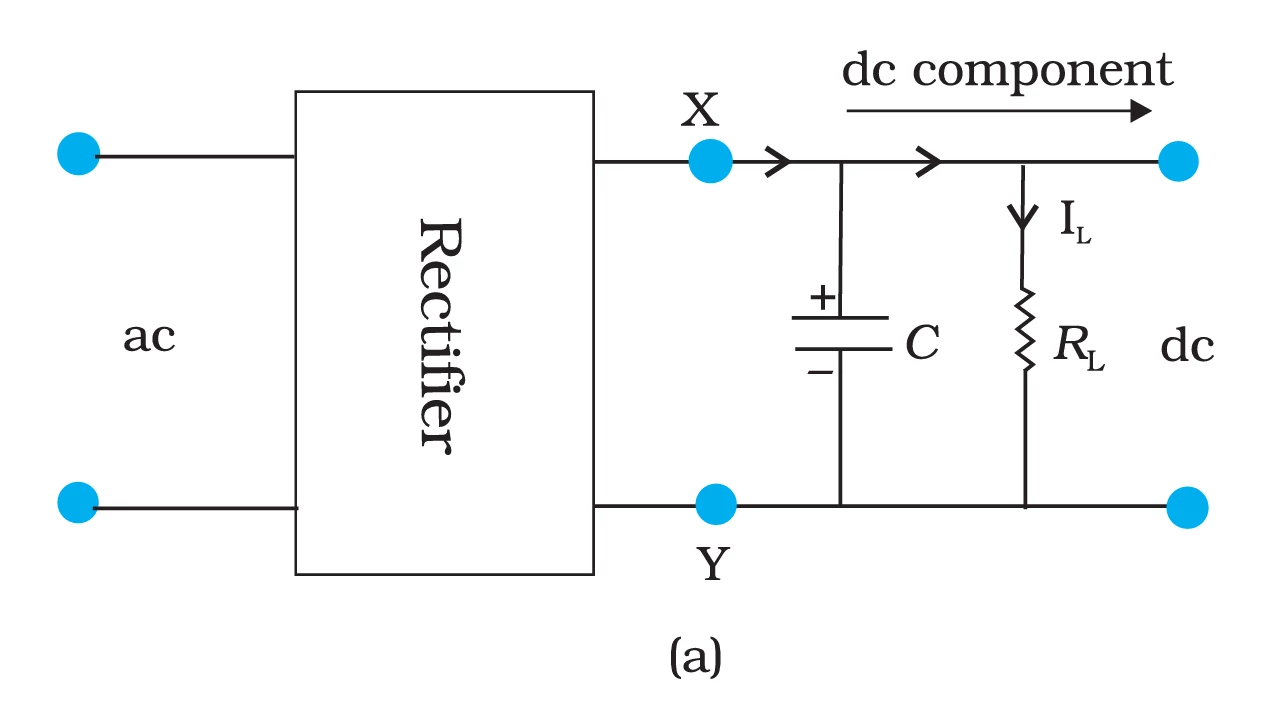An introduction to the transmission cable in the display Main...
A/D converters for DC charging pile microcontrollers: Guardian of accurate measurement
In the complex control network of DC charging pile, the analog-to-digital converter (ADC) of microcontroller is the key component to achieve accurate measurement. It is responsible for converting the voltage and current from the analog signal of the charging pile into a digital signal for processing and analysis by the microcontroller.
Main component
Concept:
An analog-to-digital converter, or ADC, is a hardware device that converts an analog signal from the outside world into a digital signal that a microcontroller can understand. In DC charging piles, ADCs are often used to measure key parameters such as current, voltage, and temperature during charging, which are critical to ensuring charging safety and efficiency.
Function:
1. Precise measurement: By converting an analog signal to a digital signal, the ADC ensures the accuracy and repeatability of the measurement results, which is essential for monitoring the charging status and protecting the circuit safety.
2. Data acquisition: The digital signal collected by the ADC can be directly used by the microcontroller to control the algorithm to achieve accurate control of the charging process.
3. Status monitoring: The data provided by ADC is used to monitor the working status of the charging pile, including charging current, voltage and temperature, etc., to ensure that the charging process is carried out within the range of safe parameters.
4. Fault diagnosis: When an exception occurs, the data collected by the ADC can be used for fault diagnosis to help technicians quickly locate the problem.
Working Principle:
1. Sampling and holding: The ADC captures the instantaneous value of the analog signal through the sampling and holding circuit to ensure that the signal remains stable during the conversion process.
2. Quantization conversion: The quantizer compares the sampled analog signal with the known reference voltage and converts it into the corresponding digital code.
3. Digital output: The converted digital signal is stored in a register for the microcontroller to read and process.
4. Continuous monitoring: ADC can continuously monitor the change of analog signal and provide real-time data for the microcontroller to adjust the charging strategy in time.
Sum up
In DC charging piles, ADC performance indicators, such as resolution and conversion rate, directly affect measurement accuracy and response speed. High-resolution ADCs are able to recognize more subtle voltage changes, while high conversion rates mean that the ADC can respond more quickly to changes in the input signal. These features are essential for efficient and safe charge control.
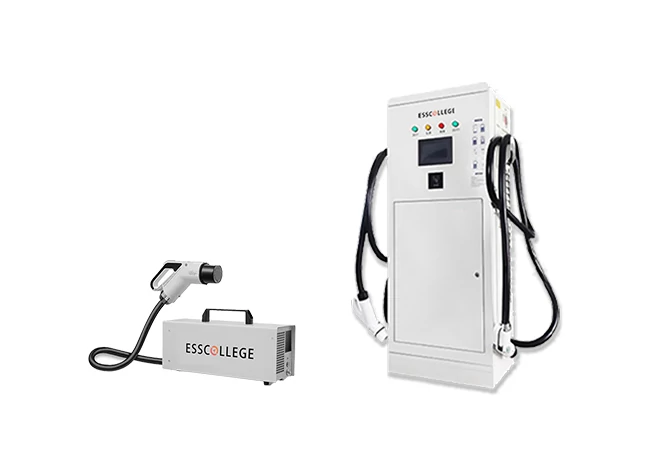
DC CHARGING PIlE SERIES
DC charging pile is an efficient charging facility for electric vehicles, which uses direct current (DC) to directly charge the vehicle battery, significantly reducing the charging time. Compared with traditional AC charging piles, DC charging piles are able to provide higher power output and can usually charge an EV to 80% of its capacity in 30 minutes, providing users with a convenient charging experience.
Extended reading
Introduction of LC filter for DC charging pile
Introduction of LC filter for DC charging pile LC filter...
What are the components of a DC charging pile
This paper will introduce the main components of DC charging...
Power management of communication interface chip of DC charging pile
Power management of communication interface chip of DC charging pile...
Program memory for DC charging pile microcontrollers: Solid building blocks for firmware
Program memory for DC charging pile microcontrollers: Solid building blocks...
The introduction of filter capacitance in DC charging pile rectifier
The introduction of filter capacitance in DC charging pile rectifier...
THE ESSC Brand promise
Global supply
Our products sell well all over the world, covering many countries and regions, through the global logistics network, to provide customers with convenient purchasing experience.
Rigorous quality
We adhere to the highest quality control standards to ensure every product meets industry regulations and customer expectations, earning trust through consistent excellence.
Excellent service
With a customer-centric approach, we provide prompt responses, professional support, and personalized services, aiming to deliver the best user experience and long-term value.
